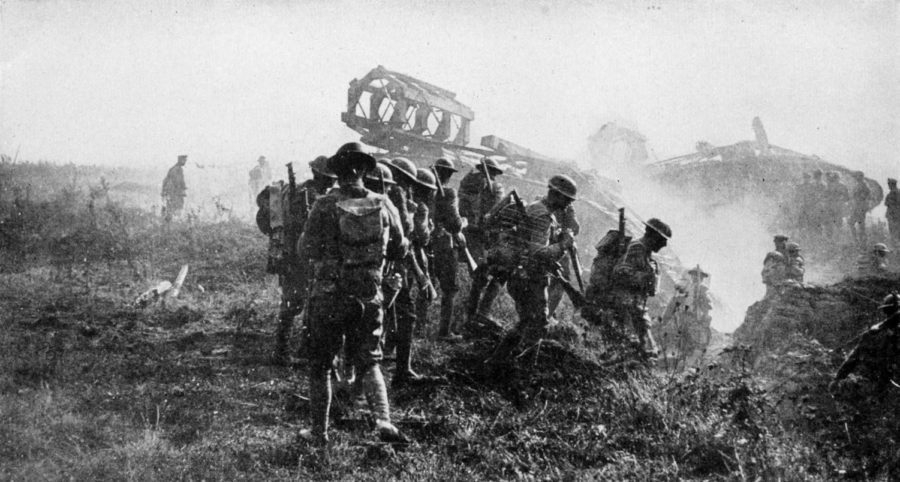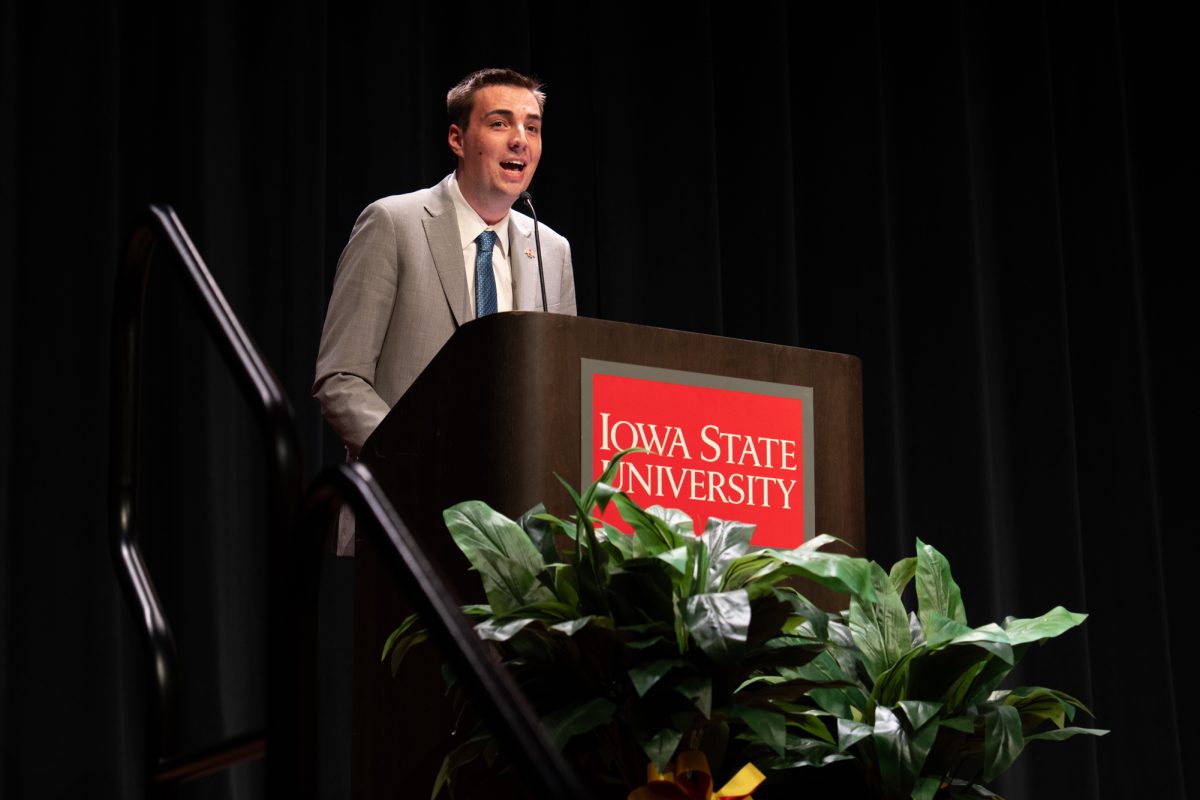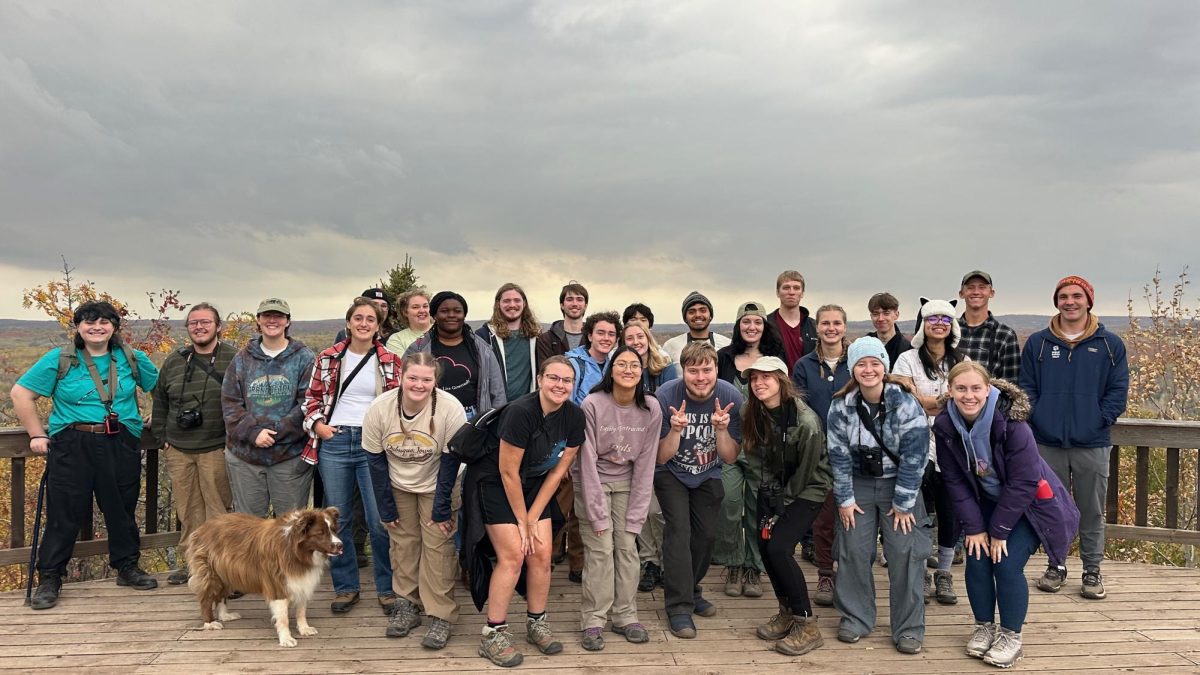Rochford: History tells us about the past and ourselves
Columnist John Rochford writes that we can learn much from history about ourselves and our past. He argues that history is not black and white, and it is a reality that is still written today.
January 20, 2020
Though I am certainly biased in that my graduate thesis centers around the first World War and my academic trajectory is taking me on a path toward a specialization in military history broadly, my two favorite films over the last couple years include the first World War documentary ‘They Shall Not Grow Old‘ (2018) and the film just released nationwide this month simply titled ‘1917‘ (2019).
Both films accomplish bringing color, both figuratively and literally. Historical events that many people may gloss over in a high school history class or in a college survey textbook. I obviously love history, but there are many people who find the subject, regardless of the field of history, to be boring, dry or even meaningless.
Films like the two aforementioned and others like them can help spark a deeper interest into history, or at the very least, a healthier appreciation of the past.
What makes ‘They Shall Not Grow Old’ so unique of a documentary is that the director, Peter Jackson, does not use a contemporary narrator. Instead, Jackson uses the real voices of British World War I veterans, along with photos and film reels to tell the narrative; material that is housed in the archives of the Imperial War Museum in London.
Throughout the visuals of the documentary, the veterans’ spoken memories describe what the viewer is watching on screen. Another unique aspect of the documentary is that the photos, visuals and film reels are colorized. The colorization combined with the primary source narration brings the participants of the first World War to life, connecting a contemporary viewer to people and events that they may have otherwise been apathetic to when having to read and view the history in black and white text or photos.
One can remember that the events and people in the documentary were as real as reality is to us now. It is amazing to think that the first World War ended only in 1918, only just over a century ago. Certainly not so far back in the rear-view of our past.
The historical fiction film ‘1917’ does similar work in that the physical and visual realities of the first World War are on display. Though a war movie can never portray the real violence and horror of the actualities of war, or perhaps even come close, certain films like ‘1917’ or another classic like ‘Saving Private Ryan‘ (1998) do much to try and relay reality to the big screen.
However, one interesting aspect that separates ‘1917’ from other war movies, including ‘Saving Private Ryan’, is that hardly any combat or “battle scenes” take place.
For the most part, the portrayal of the environmental and psychological horror dominates in an attempt to represent the larger theme of trench warfare and stagnation that encompasses much of the memory of the first World War.
Though the main characters are on the move, the larger world and people around them do not often move. Gunslinging, shooting and battle are not always needed to portray the heavy toll of war and violence.
I have discussed two films based around World War I and military history broadly. My point, however, transcends military history and seeks to describe all fields of history. History as a subject and as a discipline have much to tell us about the past and ourselves.
Films like the two above, and other methods that humanize and connect our contemporary selves with the past, can do much to reengage people with an interest or healthy respect for a “long ago time.”
History is not black and white. History is a reality that lives on, and that reality is still being written to this day.






